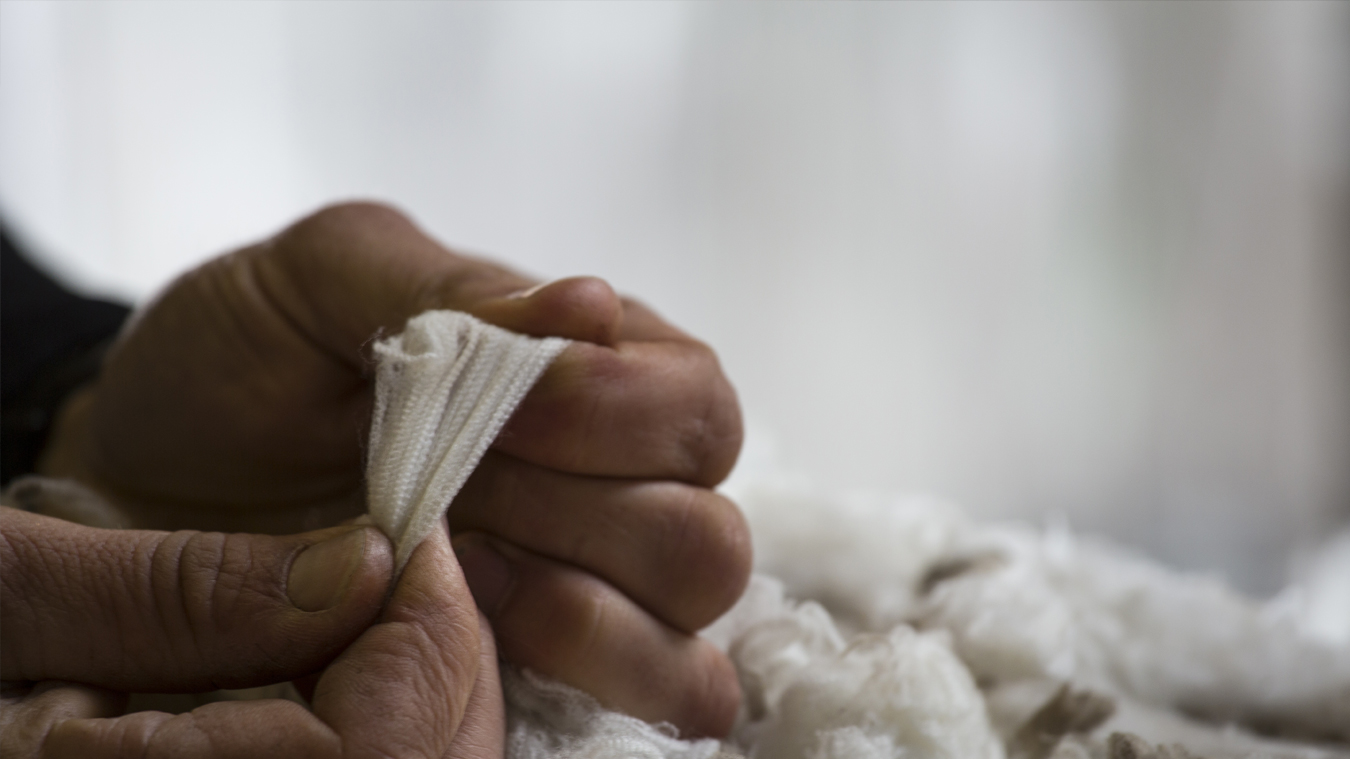Tips for a responsible lifestyle (and wardrobe)
If we have improved in some way during this unprecedented year, perhaps it was with regard to awareness. The challenges of 2020 have led us to think about how connected we are to each other and to the environment around us. We can no longer ignore the fact that all our choices have an impact on the environment and on people, and, going beyond that, also on future generations. That is why we must all do our part. To contribute, all together, to creating the world we would like to live in, starting with our daily choices. There are many ways to practice a green lifestyle. We will talk about 3 of them.
Choose natural fibres

Buying clothing from natural fabrics, such as wool, is the first step towards a sustainable wardrobe. During washing in the washing machine at high temperatures, synthetic fibres release plastic microparticles into the water. Once dispersed in the environment, these are ingested by fish and enter our food chain. Avoiding synthetic fibres is therefore necessary not only to protect the environment, but also our own health. Fabrics of natural origin also have other qualities. They are 100% biodegradable and, in the case of merino wool, they are naturally resistant to odours, allowing you to reduce washing and thus the use of detergents that are potentially harmful to the environment.
Buy less, buy better

Buying quality garments is another important choice for environmental sustainability.
The clothing industry is now known to be among the most polluting in the world, contributing to the climate crisis with its emissions. Ever-cheaper clothing and accessories lead to the disposable consumption of clothes, which are bought and used even for a single season. The main way to contribute to the protection of the environment is undoubtedly to buy less and buy better, investing in clothing and accessories produced with high quality raw materials designed to last over time.
Asking for transparency from the brands we buy

In the West, we buy an estimated 400% more clothes than we did twenty years ago. The fashion industry has reached a pace that might compromise not only the protection of the environment, but also that of people and animals. Choosing brands that make traceability their strength, describing their production chain in a transparent manner, is the only way to not contribute with our purchases to the exploitation of workers and natural resources.













